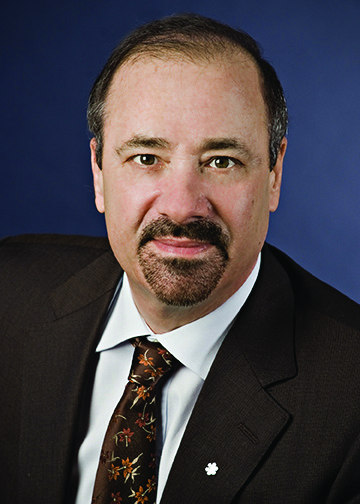Change the conversation, support rabble.ca today.
Corporate executives in Canada will be dancing in their suites to celebrate Corporate Tax Freedom Day on January 30. A research study by the Canadian Labour Congress (CLC) — called What did Corporate Tax cuts Deliver? — shows that by that date corporations will have paid their taxes to all levels of government for the entire year.
When the CLC observed Corporate Tax Freedom Day last year, spokespersons for big business rushed to defend both tax breaks and the high level of corporate cash reserves. They said that Canada has to be competitive with other countries. That is just talk. Canadian corporate income taxes are already competitive and did not have to be lowered. Business representatives also claimed last year that corporate income tax as a share of government revenue would soon increase. That has not happened. Corporate income taxes fell from 8.8 per cent of government revenues in 2010 to 8.3 per cent in 2011. Back in the 1960s and 70s, corporate income tax represented an average 11 per cent of government revenues.
In return for tax breaks, companies are supposed to be investing their windfall, but studies have shown that rising corporate after-tax profits are not all invested in increased productivity and the creation of good jobs in Canada. There were 1.35 million unemployed Canadians in December 2012 compared to 1.1 million unemployed in October 2008, just prior to the recession. Today’s unemployment rate of 7.1 per cent remains well above the pre-recession rate of 6 per cent.
Our CLC study shows that between 2001 and 2011 the total cash reserves of private, non-financial private corporations in Canada grew from $187 billion to $575 billion. Between 2010 and 2011 alone, there was an astounding one-year increase of $72 billion. This is a figure more than double the entire $33.4 billion federal deficit for 2010-11.
Bank of Canada Governor Mark Carney has described the high level of corporate cash reserves as “dead money,” and he says that private companies should invest and put it to work. Even federal Finance Minister Jim Flaherty is frustrated with the situation and has called upon private corporations to invest in Canada.
The CLC study shows just that the top 10 corporate hoarders accumulated $27.7 billion in extra short and long term cash assets between 2001 and 2011. Those companies include: Teck Resources Limited, Bombardier Inc., Suncor Energy Inc., George Weston Limited, Barrick Gold Corporation and Research In Motion. CEOs from the top 10 cash hoarding companies are among the highest paid in the country. This is illustrated by cross indexing our list of corporate hoarders with CEO pay as outlined in a Canadian Centre for Policy Alternatives study titled Over-Compensating: Executive Pay in Canada.
CEO compensation among Canada’s top 10 non-financial corporations averaged $11.9 million in 2011, ranging from $3.7 to $40.9 million at Magna International. The top CEOs take home a yearly average of 235 times more than the average Canadian.
Corporate tax giveaways mean that the federal government has foregone billions of dollars in revenues. As a result, Ottawa has borrowed billions of dollars and driven up both the deficit and the national debt. Now, the government has chosen to make massive cuts to public services that are essential to Canadians in order to pay the bill for those tax breaks. These service cuts include closing the Coast Guard station in Canada’s busiest port in Vancouver to save $900,000 a year, and closing the Search and Rescue call centre in St. John’s to save $1 million.
We must not continue with the folly of tax giveaways to big corporations who are not keeping their end of the bargain. It is time for corporate Canada to invest and create jobs. The hoarded cash should be put to work and if it isn’t, provincial and federal governments should take it back.
Ottawa should target its tax credits to companies that actually do invest in machinery and increased productivity. The government itself should also be investing in productivity-enhancing public infrastructure including transit, literacy, workplace training and child care. These are good ways to prepare for the economy of tomorrow and to stimulate Canada’s economic growth and development.
Ken Georgetti is president of the 3.3 million member Canadian Labour Congress.



